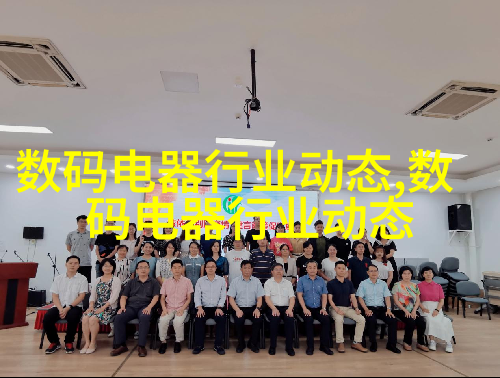金属与石材幕墙工程技术规范的应用与实践
首先,金属与石材幕墙工程技术规范的制定是为了确保建筑物的外立面结构安全、美观、高效。这些规范涉及到材料选择、施工方法、安装标准等多个方面,是设计师和施工人员必备的参考资料。

其次,这些规范对于提高建筑节能性能至关重要。例如,金属幕墙具有良好的隔热性能,而石材则因其自然风格而受到青睐。在合理搭配这两种材料时,可以有效减少建筑对外界环境的影响,同时保持室内温度稳定。
再者,metallic materials and stone cladding systems have different installation requirements. The metallic materials, such as aluminum and steel, require a high degree of precision in terms of dimension tolerance to ensure proper fit and seal during assembly. On the other hand, natural stones like granite and marble are more prone to cracking due to their inherent porosity. Therefore, special care must be taken during transportation, storage, and on-site handling.

Furthermore, the technical specifications also cover the aspect of weather resistance. Both metal and stone claddings are exposed to various environmental factors like rainwater penetration, UV radiation exposure etc., which can affect their durability over time. It is essential that designers consider these factors while selecting materials for specific regions or climate conditions.
Additionally, safety considerations play a significant role in the design process too. Proper anchoring systems should be designed for both types of claddings to prevent them from falling off or becoming dislodged due to wind loads or seismic activity.

Lastly but not least important is aesthetic appeal which may vary depending on personal taste or architectural style preferences. Architects often choose one material over another based on its visual impact at different times of day (e.g., morning sun vs evening light). Combining metallic with stone elements can create striking contrasts that enhance building facades' overall appearance.
In conclusion, following metal with stone wall engineering technical standards helps ensure construction quality by covering aspects such as thermal performance optimization through material selection; ensuring precise installation processes; providing adequate protection against harsh weather conditions; prioritizing safety measures; accommodating diverse aesthetic choices; ultimately resulting in structures that are both functional & visually appealing







